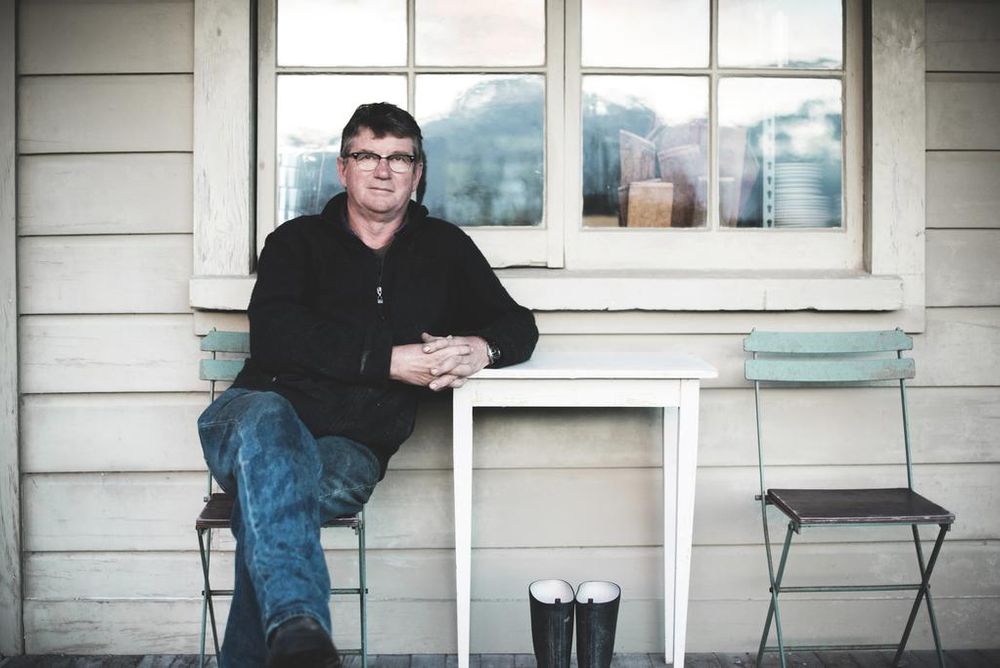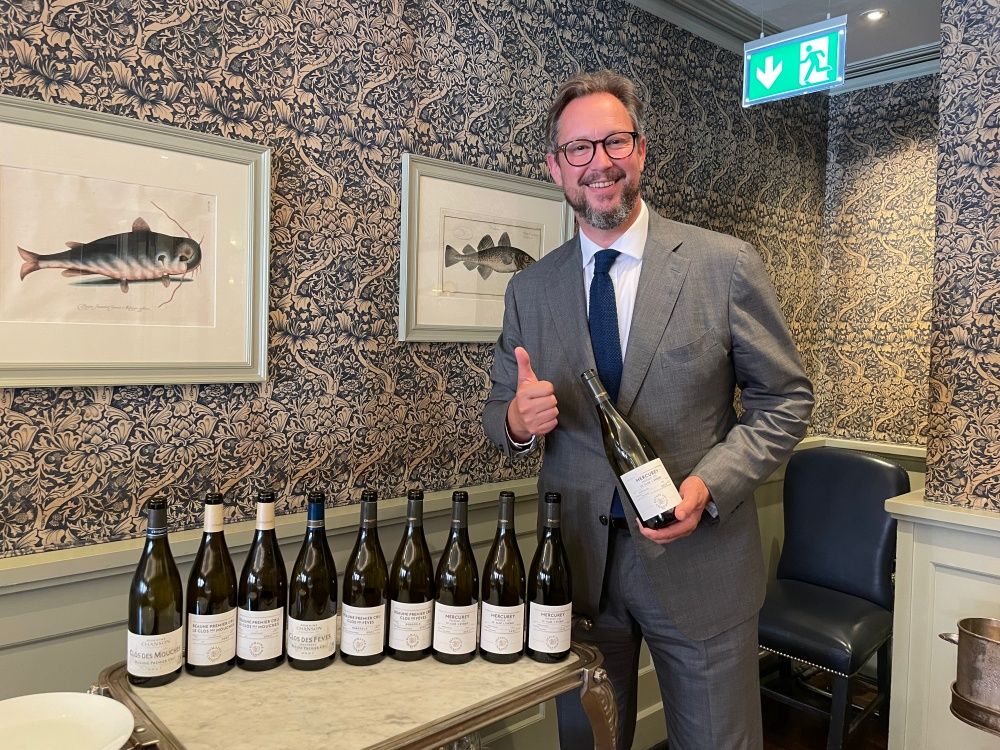To find James Millton’s Millton Vineyard you have to travel to the banks of the Te Arai River in the East Coast of the North Island of New Zealand and the area of Gisborne, where some of the early settlers first planted grapevines in 1871. Here, in the second part of our debate in to what inspires biodynamic winemaking, he explains why nature and the world around him gives him the chance to make special wines.

It’s all about the stars: biodynamic winemaking with James Millton
When I was a very young man I lived in a remote area of the South Island of New Zealand. At the age of seven I enjoyed growing plants and by 14 I was interested in looking at the fermentation of fruits. I liked nature – the harmony and rhythm. I have always worked with wine and when, at 28, I was given the opportunity to grow and bottle wine under my own directions, biodynamics was central to it all. The rhythm of the four seasons and the enhancement of the five senses meant there was little need for makeup or disguise. It was the opportunity to work with my head, heart and hands.
A natural balance
The vineyard grew weeds and we saw flowers, and bees. The soil took on a spring to its step and smelt like deep native forest litter, crawling with earthworms. The wines fermented and evolved, faster towards the full moon and slower at new moon, so we could observe, taste and respond according to the rhythm.
The days were controlled by the sun and the nights by the moon, but what was even more profound was the influence of all those other little dots in the clear night sky. They became the cosmic pathway to the energy of life and while we worked on the dirt, we quickly realised it was actually the rooftop of another kingdom. It wasn’t a mystery; it just made sense… common sense. Biodynamics is about working in harmony with nature.
Where cows graze
We assemble and use preparations made from herbal, mineral and animal materials. These involve cow manure (from our own cows), silica in the form of quartz (from the mountains and the sea), as well as a range of local flowers from yarrow, chamomile, nettles, oak trees, dandelions, valerian and equisetum: a beautiful array of colour almost like a childhood dream.
These preparations help the soil and microbes communicate through the mycorrhizal fungi and are further stimulated by the use of cow manure from a lactating cow. But why a cow? Unlike bulls, cows produce milk for their new calves and this is crammed full of nutrients and calcium to assist the young animals to develop healthy, strong bones. The building blocks of a healthy soil are stimulated by beneficial microbes and calcium, and this nourishment is stored in cow horns. When buried in the soil during winter, it develops a thronging mass of microbes – not from foreign lands, but right where the cow took her first mouthful of grass.
When spring arrives we take this manure and mix it in warm water. This mixing dissolves a lot of oxygen into the liquid, giving the microbes renewed life, so that after one hour the microbes have multiplied. They are then returned to where they originally came from: the soil, and so the circle of life becomes complete.
As the growing season commences, the branches, leaves and fruits communicate with the sun and moon, thereby getting their light energy from the influence of the quartz (much like your cell phone!). The resulting fruits and grape juice have a balance of nutrients for healthy fermentations and the sediment, which consists of yeast and bacteria, are the protective life that contributes subtle, supple flavours.
The proof is in the bottle

From a child James Millton has grown up respecting and understanding the nature around him
At the end of the day, it’s about what’s in the bottle and the resulting wines have a special taste, a taste of ‘somewhereness’ – of our place. These wines appear to have a shine or reflection when poured into a glass. We call this luminosity, a measurement of light intensity. Sweet, sour (acidity), salt (umami) and astringency (tannin) appear to be in harmony, with not one flavour too outspoken or piercingly obvious. We call this vinosity, reflecting the earth, water, air and light of, again, the place where they were grown.
It could be argued that within all of this, the phenolics – the substances that vines have produced naturally to maintain their defences and sense of place – have natural antioxidant potential, thereby lessening the need for chemical preservation. There’s also no need for added proteins, used to soften harsher flavours of bitterness on the tongue, meaning the wines don’t contain added animal products in the form of fish, casein or gelatine, and can therefore be enjoyed by a wider array of consumers.
So, while all wine can travel thousands of miles from the producer to the consumer, we think that the final few feet from the glass to your mouth are the most important. We believe that before a wine can be great, it must first be true.
- James Millton’s wines are available through Bibendum Wine. This article is adapted from one that was first published on the Bibendum website.










































